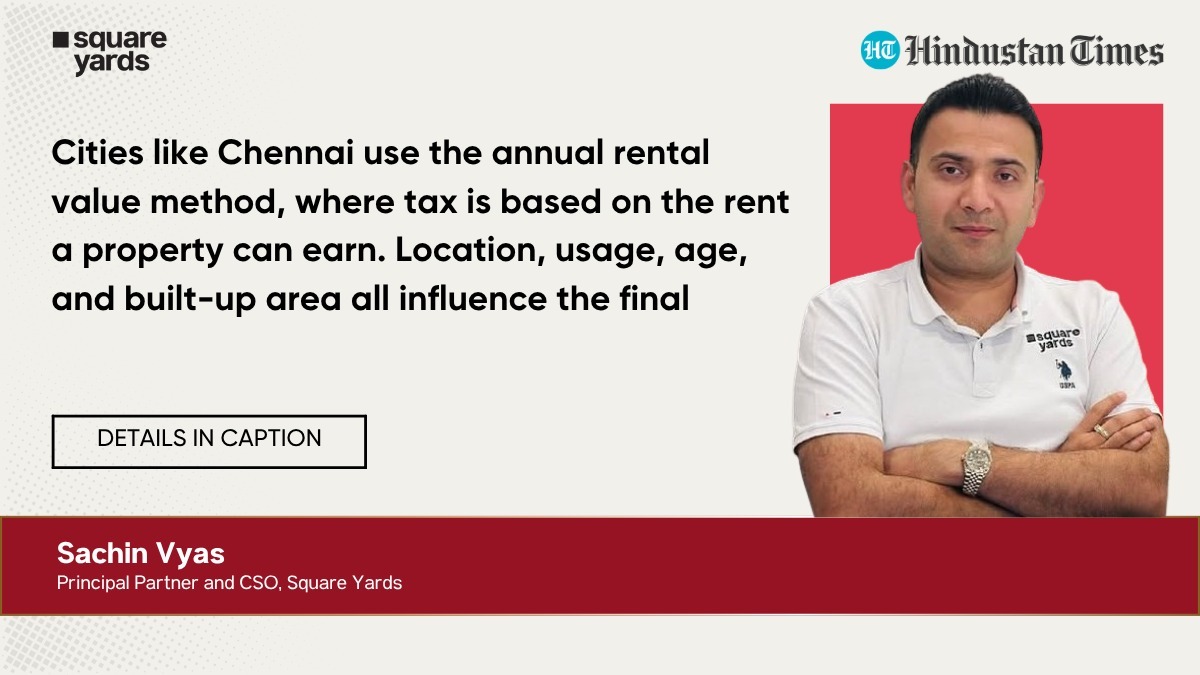Understanding property tax in India is essential for homeowners, investors and prospective buyers, yet taxation rules differ widely across cities. Most municipal bodies use one of three primary assessment systems. The Unit Area Value (UAV) system, followed in cities like Delhi and Bengaluru, assigns a per-sq-ft value based on location and property category. Mumbai uses the Capital Value System (CVS), where tax is linked to the current market or guideline value of the property. Cities such as Chennai use the Annual Rental Value (ARV) model, which calculates tax based on the rent the property can potentially earn.
Key factors such as built-up area, age of the building, property usage and micro-location influence the final tax amount, often creating variations even within the same ward or neighbourhood.
To simplify the process, most municipalities now offer online self-assessment and payment portals. These platforms allow owners to verify ready-reckoner rates, calculate tax, generate receipts and track past payments with ease. For complex cases, certified valuers can assist with accurate property assessments.
Penalty structures also vary, though most cities impose a 1%–2% monthly interest on late payments. Several states periodically announce amnesty schemes to reduce or waive penalties, encouraging timely compliance.
“Some cities, including Chennai, adopt the annual rental value approach that considers the potential rent a property can earn. Factors like property location, type of use, age of the structure, and built-up area play a significant role in determining the final tax amount. This results in varied tax liabilities even among properties within the same city,”says Sachin Vyas, Principal Partner and Chief Sales Officer, Square Yards.
Read more –
Hindustan Times: https://bit.ly/3LDuk4b
Published Date: 19 Nov, 2025




